Regulatory Changes
Regulatory changes play a pivotal role in shaping the Commercial Banking Market. Governments and regulatory bodies are continuously updating policies to ensure financial stability and consumer protection. Recent regulations aimed at enhancing transparency and reducing risks have compelled banks to adapt their operational frameworks. For example, the implementation of stricter capital requirements has led banks to reassess their lending practices and risk management strategies. This regulatory environment fosters a more resilient banking sector, which is crucial for maintaining public trust. Furthermore, compliance with these regulations often necessitates investment in technology and training, thereby influencing operational costs. As such, the evolving regulatory landscape is a significant driver that banks must navigate to thrive in the Commercial Banking Market.
Technological Advancements
The Commercial Banking Market is currently experiencing a surge in technological advancements, which are reshaping the landscape of banking services. Innovations such as artificial intelligence, blockchain, and machine learning are being integrated into banking operations, enhancing efficiency and customer experience. For instance, banks are utilizing AI for credit scoring and risk assessment, which streamlines the lending process. According to recent data, the adoption of digital banking solutions has increased by over 30% in the last year, indicating a strong shift towards technology-driven services. This trend not only improves operational efficiency but also allows banks to offer personalized services, thereby attracting a broader customer base. As technology continues to evolve, it is likely that the Commercial Banking Market will further embrace these advancements to remain competitive.
Focus on Customer Experience
The emphasis on customer experience is increasingly becoming a defining characteristic of the Commercial Banking Market. Banks are recognizing that enhancing customer satisfaction is essential for retaining clients and attracting new ones. This focus has led to the implementation of various strategies aimed at improving service delivery, such as personalized banking solutions and enhanced customer support. Data indicates that banks that prioritize customer experience see a significant increase in customer loyalty and retention rates. Furthermore, the integration of feedback mechanisms allows banks to adapt their services based on customer preferences, thereby fostering a more responsive banking environment. As competition intensifies, the ability to deliver exceptional customer experiences will likely be a critical differentiator in the Commercial Banking Market.
Consumer Demand for Digital Services
The demand for digital services is a key driver in the Commercial Banking Market. As consumers increasingly prefer online and mobile banking solutions, banks are compelled to enhance their digital offerings. Recent surveys indicate that over 70% of consumers now utilize mobile banking applications for everyday transactions, reflecting a shift in consumer behavior. This trend is not merely a preference but a necessity, as customers seek convenience and accessibility in their banking experiences. Consequently, banks are investing heavily in digital platforms to meet these expectations, which includes improving user interfaces and expanding service offerings. The ability to provide seamless digital experiences is likely to differentiate successful banks in the competitive landscape of the Commercial Banking Market.
Economic Growth and Investment Opportunities
Economic growth serves as a fundamental driver for the Commercial Banking Market. As economies expand, there is typically an increase in investment opportunities, which in turn stimulates demand for banking services. Banks play a crucial role in facilitating investments by providing loans and financial products tailored to businesses and individuals. Recent economic indicators suggest a steady growth trajectory, with GDP rates in many regions showing positive trends. This growth encourages businesses to seek financing for expansion, thereby increasing the volume of loans and deposits within the banking sector. Moreover, as consumer confidence rises, personal banking services also see heightened demand. Thus, the interplay between economic growth and banking services is a vital aspect of the Commercial Banking Market.




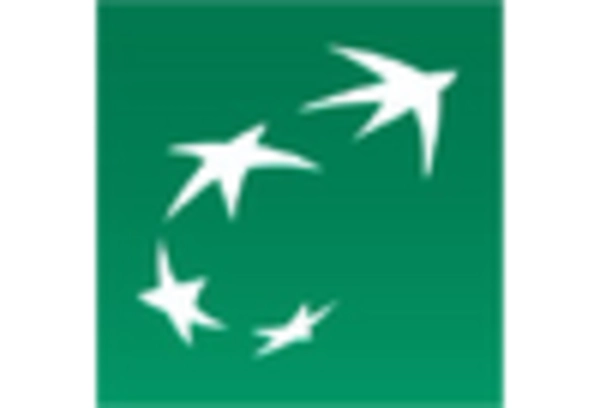

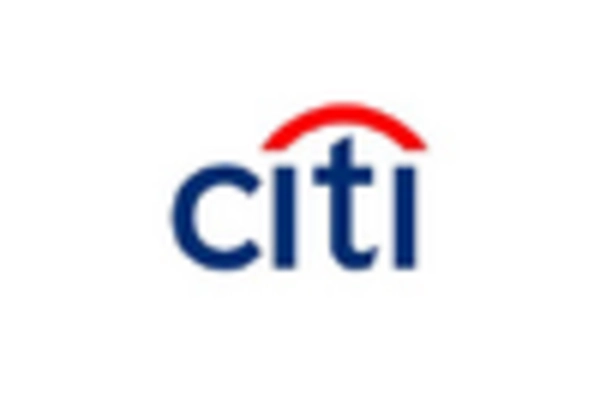
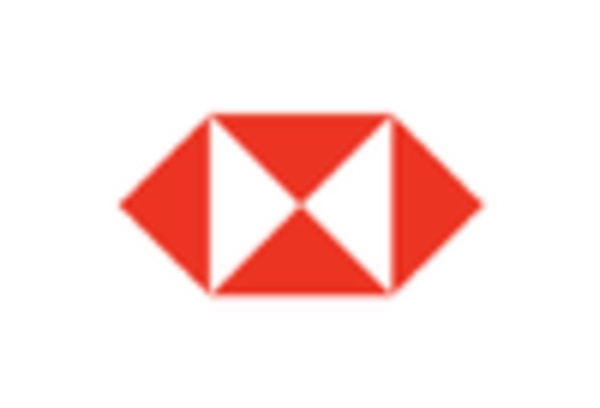
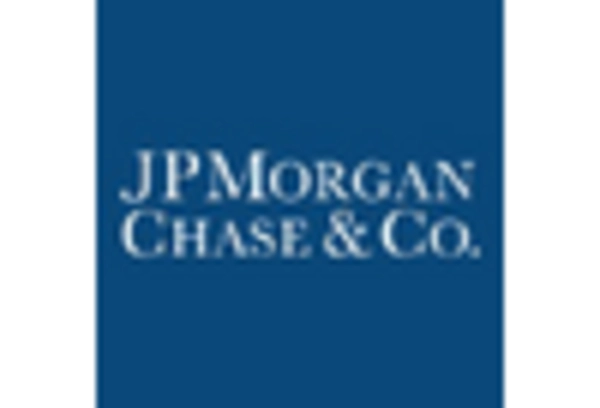
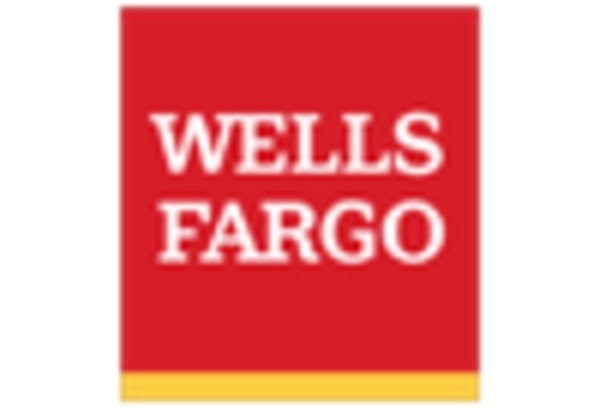








Leave a Comment